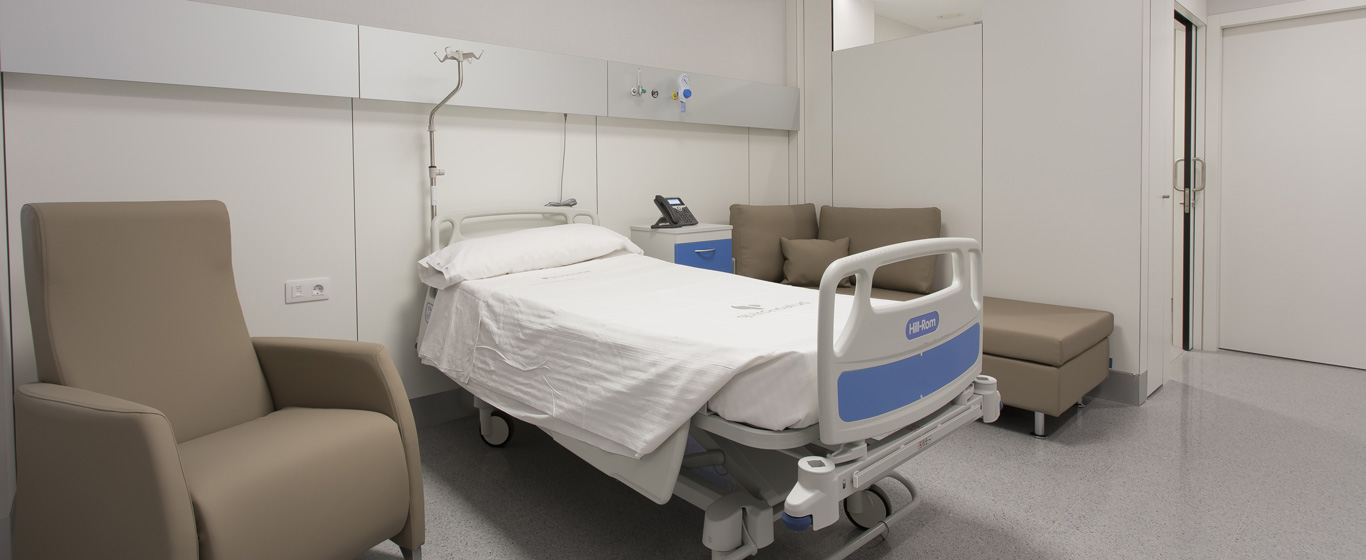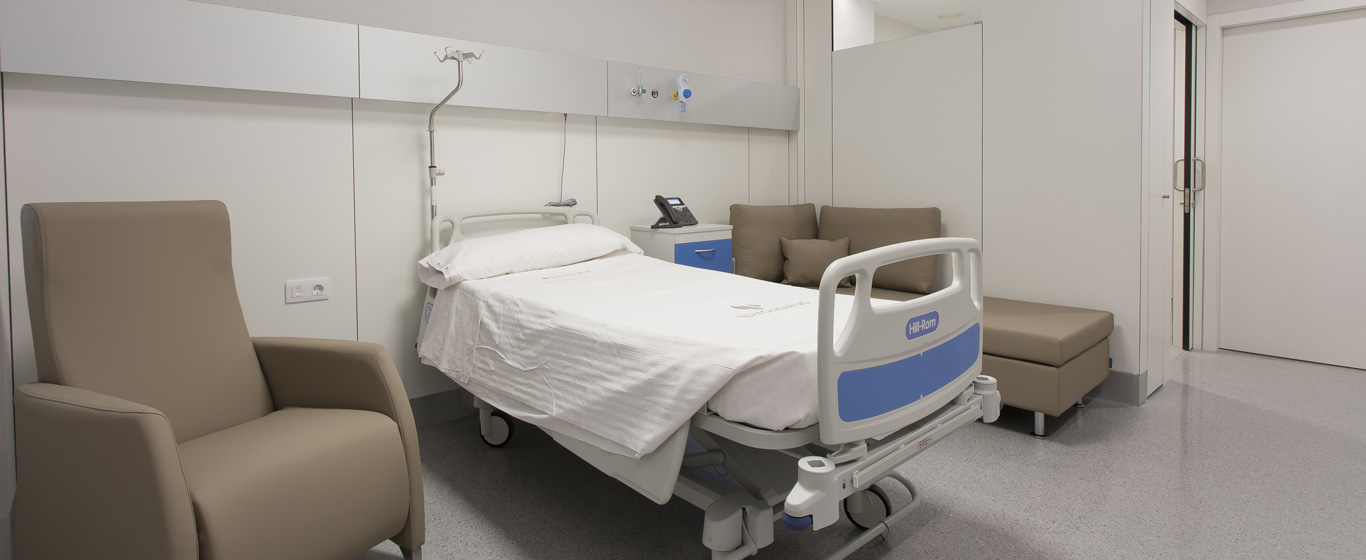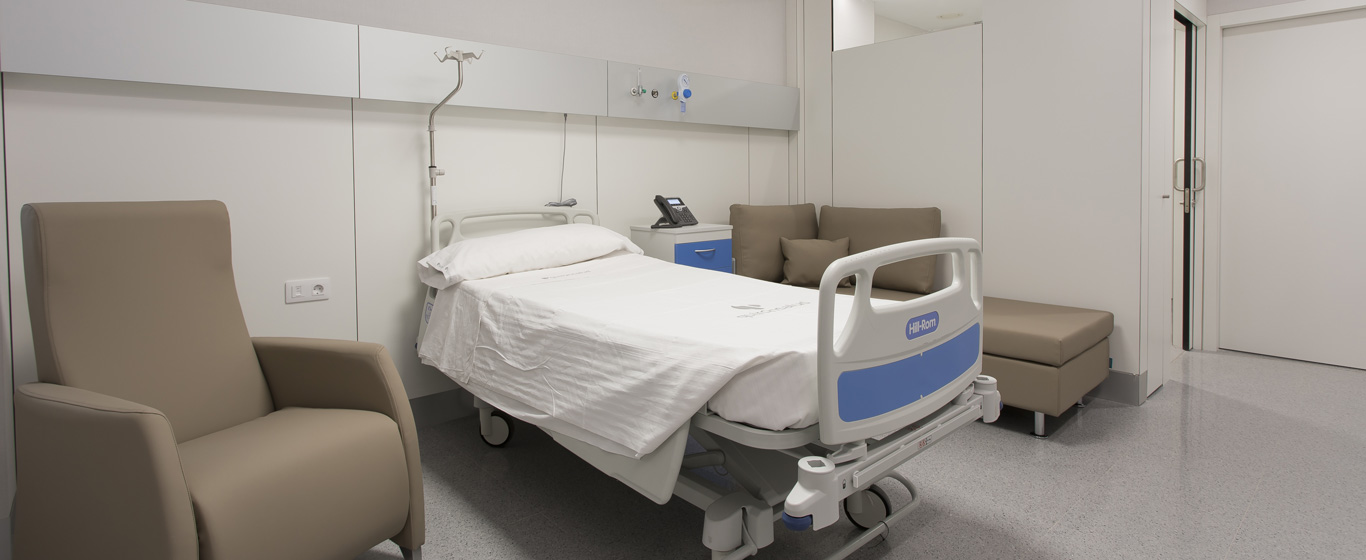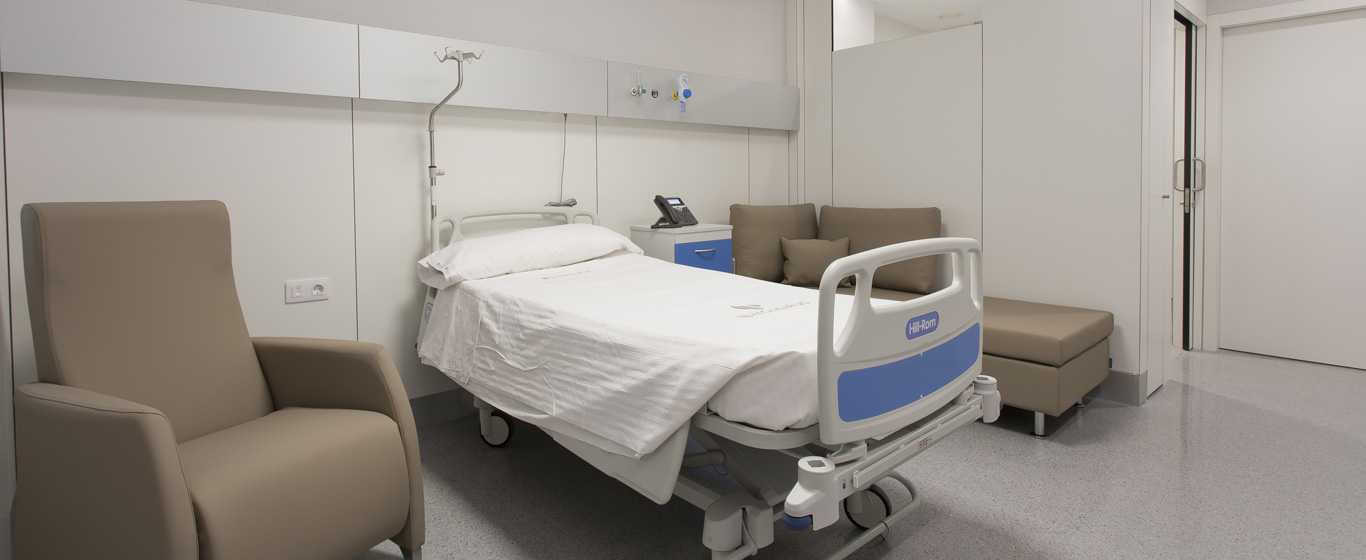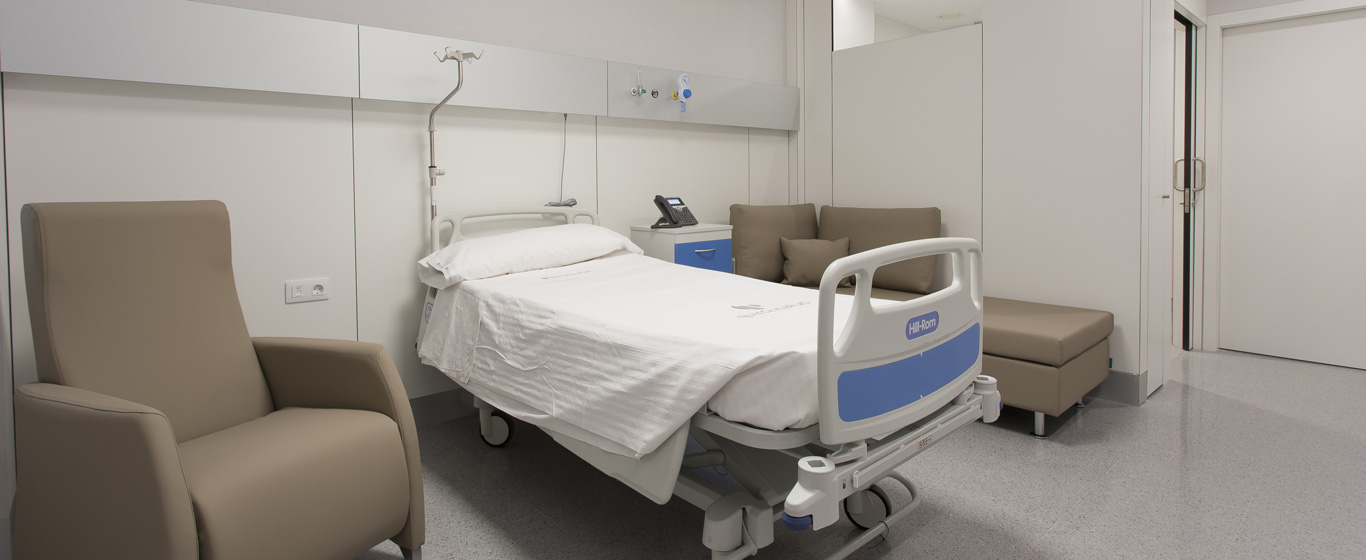Ejection Fraction
Ejection fraction is a percentage-based value that indicates the amount of blood the heart is able to expel when it contracts. A reduced value can be an indication of heart failure.
General Description
Ejection fraction is a value that expresses the percentage of blood that exits the heart during systole (contraction) and serves as an indicator for assessing heart function. As a general rule, it is measured in the left ventricle, as it is the main pumping chamber towards the aorta, the artery that distributes blood throughout the body. For this reason, it is known as LVEF (left ventricular ejection fraction).
This value is obtained through various diagnostic imaging tests. The most common is the echocardiogram, although cardiac catheterization, magnetic resonance imaging (MRI), computed tomography (CT), or positron emission tomography (PET) are also used.
The heart does not expel all the blood present in the ventricles when it contracts; there is always some blood left inside the cavity. Therefore, an LVEF of 50% or higher is considered normal, while a reduced value is below 35% and may indicate severe failure. Results between 50% and 35% indicate moderate failure.
When Is It Indicated?
An ejection fraction evaluation is typically performed to determine if there is heart failure. A reduced LVEF can be caused by a heart valve abnormality, a cardiomyopathy (weakening of the heart muscle), damage to the myocardium caused by a previous heart attack, or by sustained high blood pressure over time.
How Is It Performed?
Ejection fraction can be determined through various tests, each with its own specific procedure:
Echocardiogram: The patient lies on their left side, and while their heart rate is monitored with an electrocardiogram, a probe emitting ultrasound is moved over the chest to capture real-time moving images. Doppler technology is often used to more clearly distinguish the blood leaving the heart from that entering.
Cardiac Catheterization: After administering a sedative to the patient and disinfecting the area, a flexible catheter is inserted through a vein in the groin, arm, or neck. A fluoroscope, which uses X-rays to emit images that guide the specialist, is then introduced, and once in the heart, the LVEF is assessed.
MRI: The patient lies on their back on a stretcher and is introduced into a tube-shaped machine that generates a high-power electromagnetic field and radiofrequency waves to produce images of various sections of the heart. When these images are combined, a three-dimensional view of the organ is achieved. A contrast agent is injected before the test to help detect areas where blood flow is insufficient.
CT: The patient lies on their back inside a scanner, which produces 3D images using X-rays. As the machine rotates around the stretcher, it is possible to reconstruct the heart in three dimensions.
PET: As a nuclear medicine test, a radioactive substance is injected before entering the scanner, which lights up when it absorbs more radiation. This helps to clearly identify areas where the heart does not receive enough blood.
Regardless of the technique used, electrodes are placed on the patient's chest to measure heart rate while images are being collected.
Risks
The risks vary depending on the procedure chosen to measure ejection fraction.
- Echocardiogram: This is a completely safe technique for health.
- Cardiac Catheterization: Rare complications can occur, including arrhythmias, bleeding, damage to blood vessels, infection, heart attack, or blood clots.
- MRI: Many people experience anxiety or claustrophobia due to having to remain inside a narrow tube for a period of time. In some cases, an allergic reaction to the contrast material may occur.
- CT: The ionizing radiation from the X-rays used is minimal, so the risk of developing cancer as a result of undergoing this test is very low.
- PET: During this test, a very small amount of radioactive medication is administered, which is virtually harmless to the body.
Alternatives to tests that use radiation may be considered for pregnant women, as the radiation could potentially affect the normal development of the fetus. For children, the dose is adjusted according to their weight and size.
What to Expect from the Ejection Fraction Measurement
All procedures used to measure LVEF are outpatient, so the patient can return to their routine once completed. Likewise, for all of them, the patient must sign an informed consent before starting.
It is recommended to wear comfortable clothing, as a gown provided by the medical center will need to be worn, and to avoid metallic objects since most tests cannot be done with them.
When the contrast or radioactive material is administered, it is normal to feel a prick. Afterward, a feeling of warmth in the chest and genitals, as well as a sensation of tachycardia, may be felt. This sensation subsides within a few minutes.
MRI, CT, and PET machines emit noises, hums, and clicks, but these are typically muffled by earplugs. During these procedures, the patient must remain as still as possible for about 20 to 30 minutes.
For catheterization, a sedative is provided to numb the patient and prevent pain during the procedure. Recovery time is required in a monitoring room before leaving the medical center.
Results are obtained a few days after the test. Although there are standardized ranges for evaluating ejection fraction, a specialist must interpret the results, as heart failure may exist even if the LVEF appears normal.
Specialties That Request Ejection Fraction Values
Ejection fraction is a value used in cardiology.
How to prepare
The requirements for the different tests suitable for measuring LVEF vary:
- Echocardiogram: No prior preparation is needed.
- Cardiac Catheterization: Fasting for six to eight hours is required.
- MRI: If a contrast agent needs to be injected, fasting for about six hours is necessary.
- CT: Fasting is required if a contrast agent is used.
- PET: At least six hours of fasting before the procedure is recommended. Diabetic patients may need to adjust their medication and closely monitor their glucose levels.







